A historian of science
April 30, 2024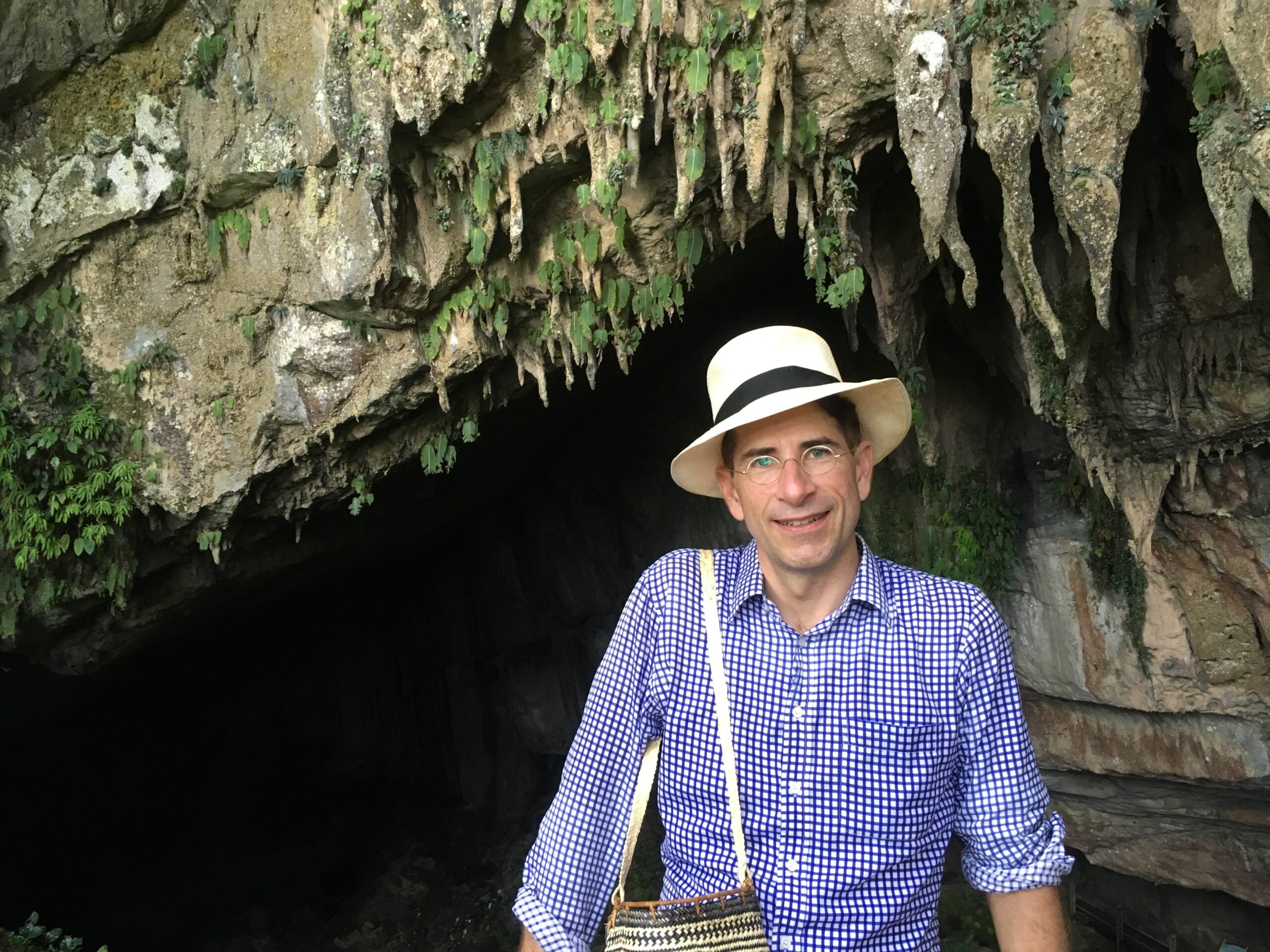
While science looks to the future, Dr John van WYHE from the Department of Biological Sciences, Faculty of Science, focuses on the realm of science past, where certain kinds of questions are presented that can only be answered by donning the historian’s hat.
He says, “The academic discipline of the history of science teaches us about science and scientists in ways nothing else can.”
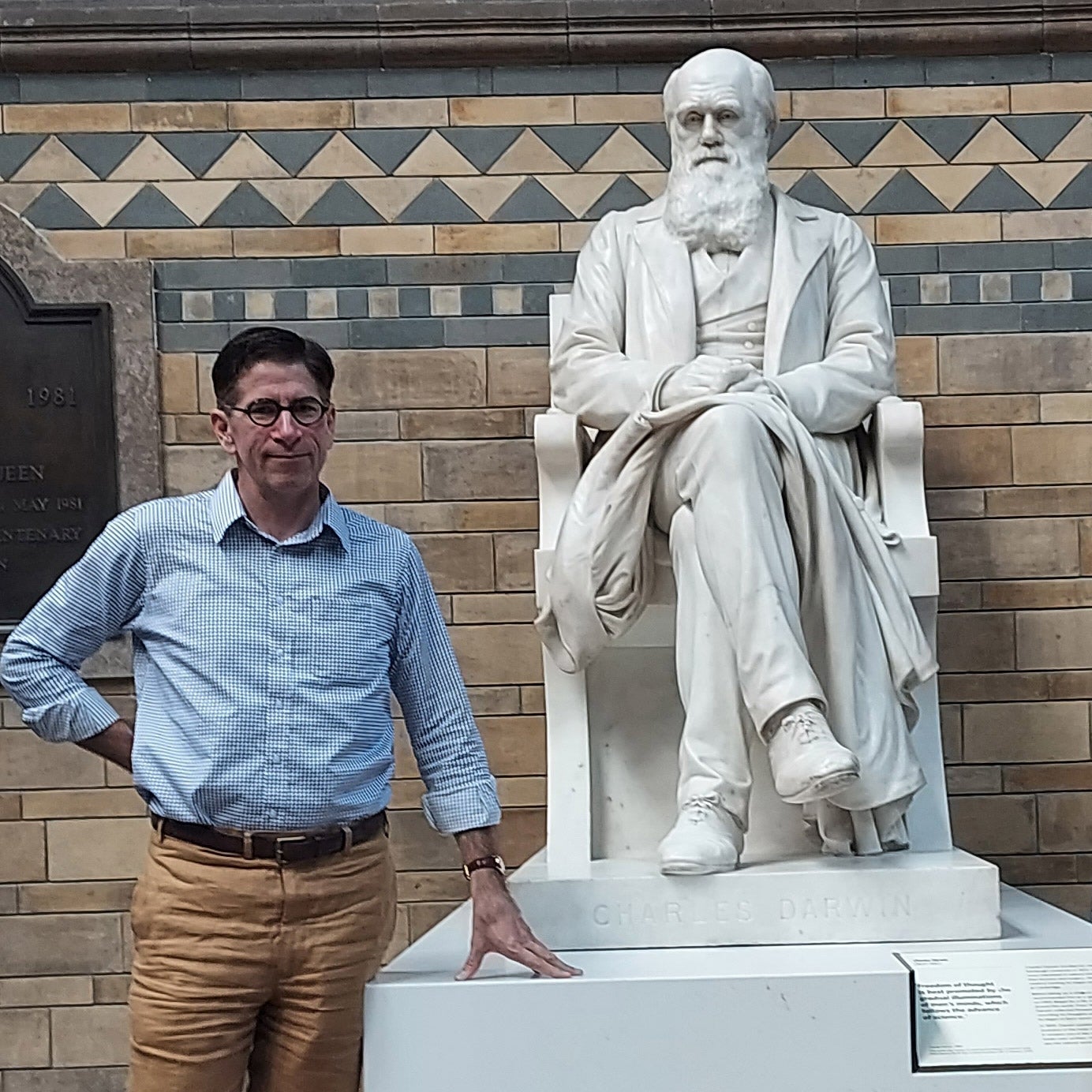
Dr van Wyhe is a historian of science, a discipline that is not widely known in Singapore. He studied history for his university degrees and during his PhD at Cambridge, pivoted to the history of science, driven by an interest to bring together insights from both science and history, particularly in biology and evolution.
This year, coinciding with Charles DARWIN’s 215th birthday, Dr van Wyhe released The Complete Work of Charles Darwin Online, the largest Darwin resource in the world, thought to be the most comprehensive website on any historical person. Over more than 20 years, Dr van Wyhe and his team painstakingly studied historical catalogues, obscure references and private collections to tease out the repertoire that Darwin drew his own research from. Its’ core is the first complete collection of all of Darwin’s publications, together with translations of them in 29 languages and almost all of Darwin’s notes and papers.
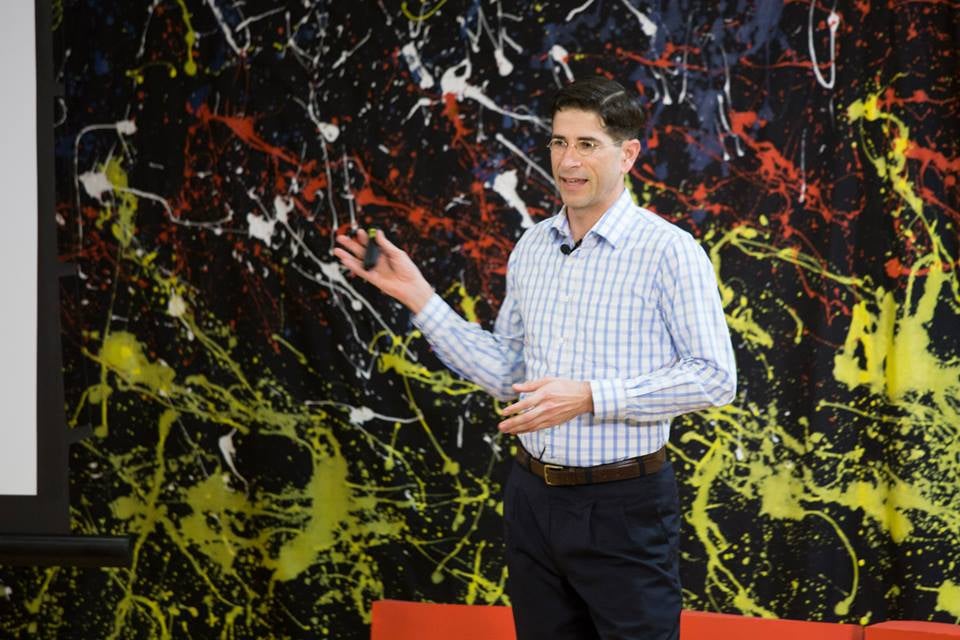
The launch of this project became a viral media sensation, which made the project world famous overnight. Dr van Whye’s work has also received international media coverage over the years, including CNN and The Guardian, to name a few.
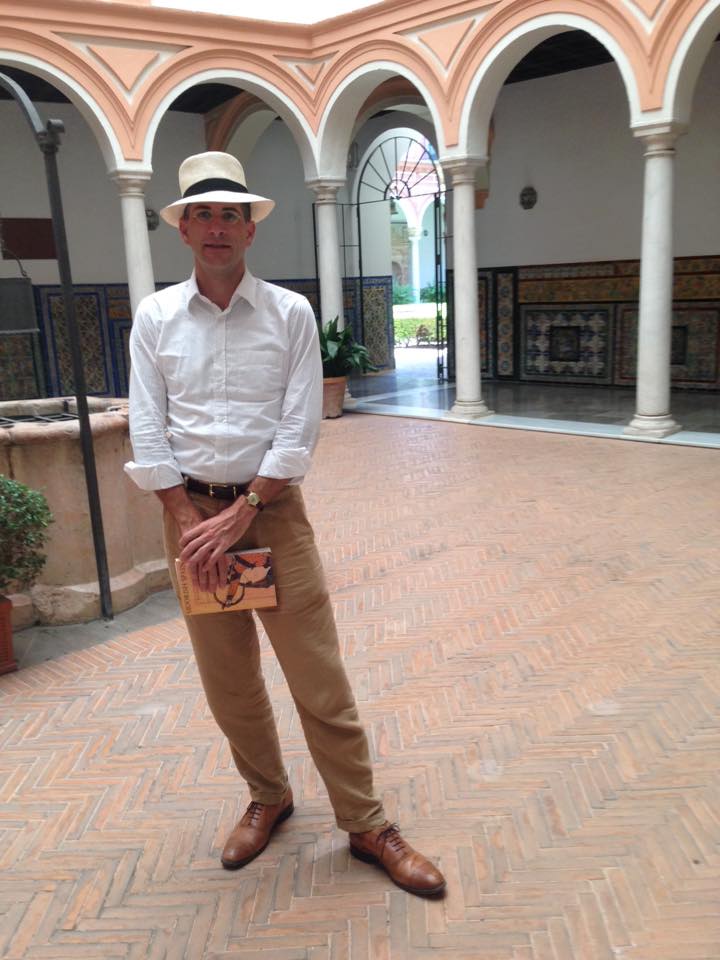
Dr van Wyhe’s first book was on the history of phrenology, a popular Victorian ‘science’ of the brain and character reading which spawned a massively popular philosophy about nature and human nature controlled by natural laws. The book had the effect of creating greater public acceptance that the laws of nature were relevant to human beings and that human beings were a proper subject for scientific study. Therefore, when Darwin’s theory of evolution was published some years later, the public was more prepared to accept that a scientific theory was applicable to human beings. Since then, Dr van Whye has completed a further 19 books.
Over the years, Dr van Wyhe’s team not only edited and digitised all of Darwin’s publications to the highest scholarly standards, but continued to break new ground in digitising almost all of his handwritten manuscripts and making many discoveries of unknown documents and aspects of Darwin’s story.
For instance, some of his principle discoveries were that, contrary to popular belief, Darwin did not keep his theory of evolution a secret or hold back its publication for 20 years. Instead, it turns out that Darwin was open about his interest in evolution and he was already working on other projects when he began to come up with his theory of evolution. He then set up a massive research programme to study a huge range of biological and paleontological phenomena, which took a long time to complete. Only in the mid-20th century did writers begin to describe Darwin as having been afraid and keeping his theory a secret. By the 1980s this was considered accepted fact by experts and amateurs alike and one of the most characteristic things about Darwin’s life. It was a myth that had fooled everyone.
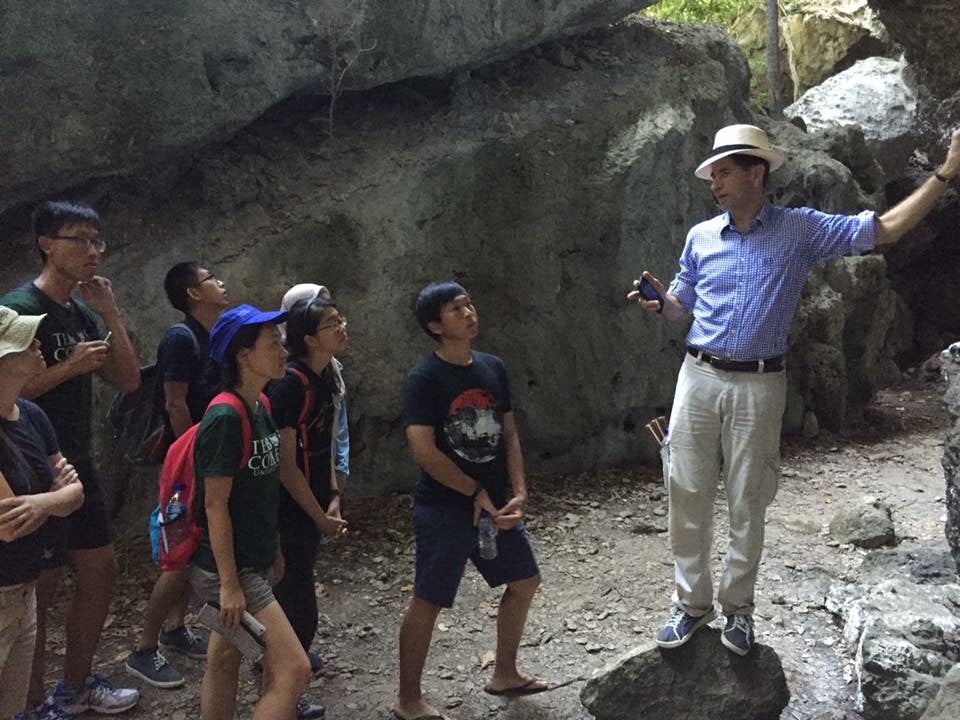
At the Faculty of Science, Dr van Wyhe continued his research on Darwin’s contemporary, the naturalist Alfred Russel WALLACE, whose story had been primarily written by popular science writers without historical training. As a result, the story of Wallace had diverged radically from historical reality into a compelling heroic victim narrative.
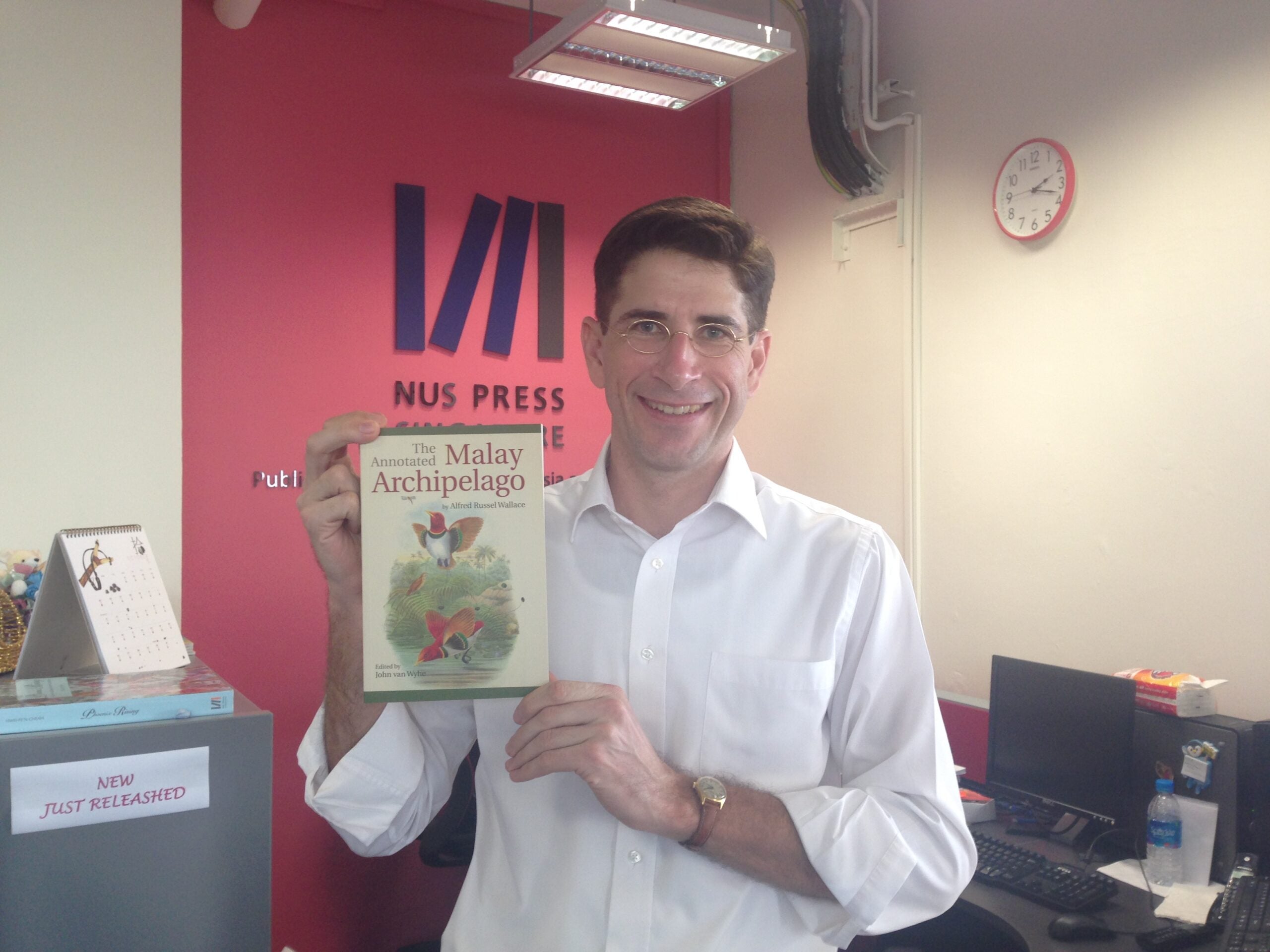
“Anyone who knows about Wallace has been inadvertently influenced by that narrative,” he says. His first book on Wallace, Dispelling the Darkness (2013) completely rewrote the famous story of Darwin and Wallace, laying to rest many conspiracies.
He also launched Wallace Online, the solution to the decades old ‘irresolvable’ mystery of when Wallace sent Darwin his evolution essay or the launch of the reconstructed library from Darwin’s ship, HMS Beagle.
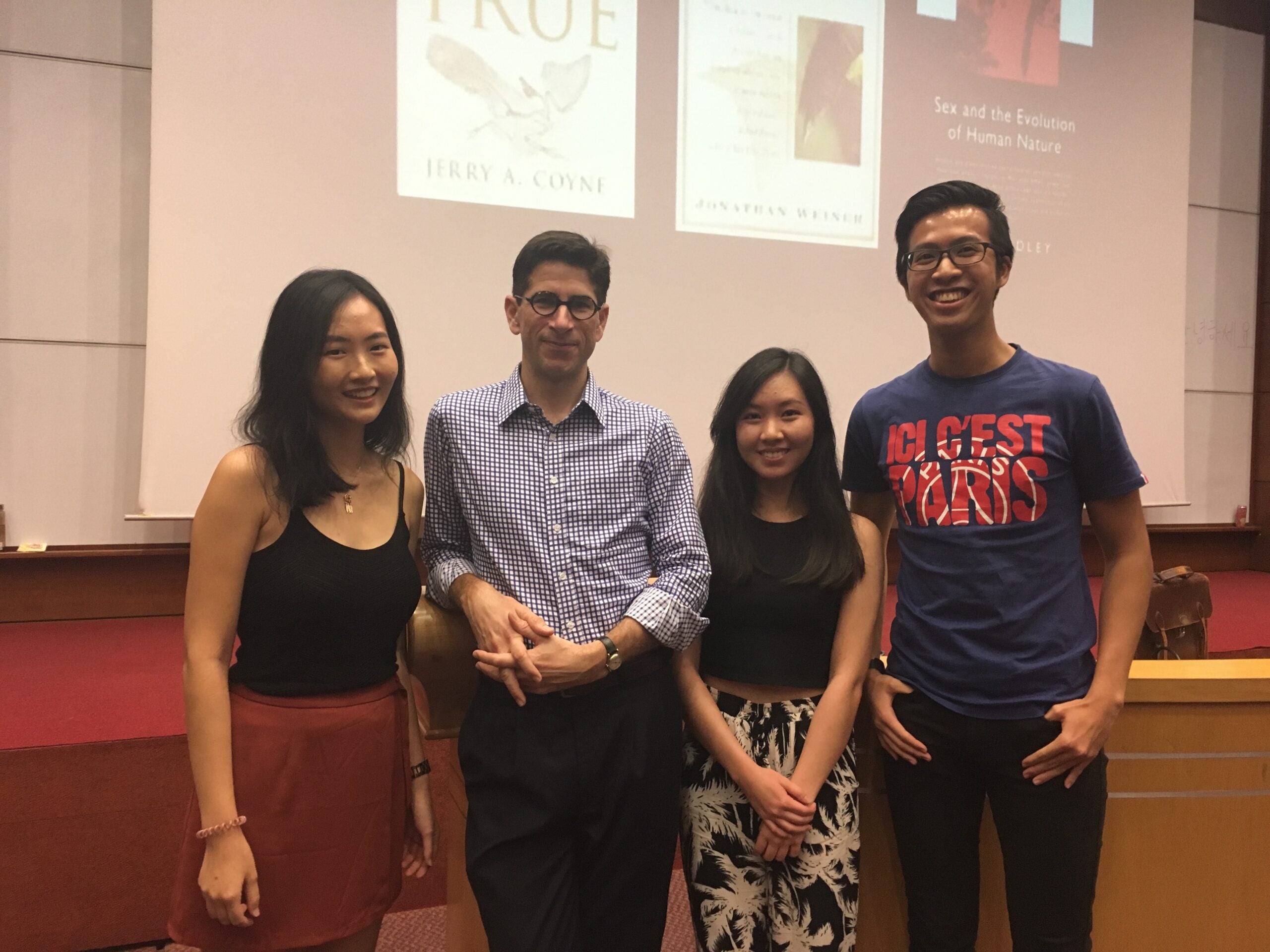
The many myths that are busted during his lectures have been eye-opening for his students. “Teaching the history of evolution is an excellent way to help students understand how we came to discover the history of life on earth,” Dr van Wyhe says.
He adds, “The history of science is considered to be one of the most interdisciplinary fields in the world today. We not only study how nature was engaged with in the past but we also study the science and the scientists of the past, thereby gaining insights into how science works as a human activity.”
In most cases, Dr van Wyhe says, the traditional stories of discovery gleaned from textbooks and documentaries are misleading and sometimes completely wrong. By showing students how things actually unfolded, it gives them a better understanding of the natural phenomena about which the science has evolved to explain.
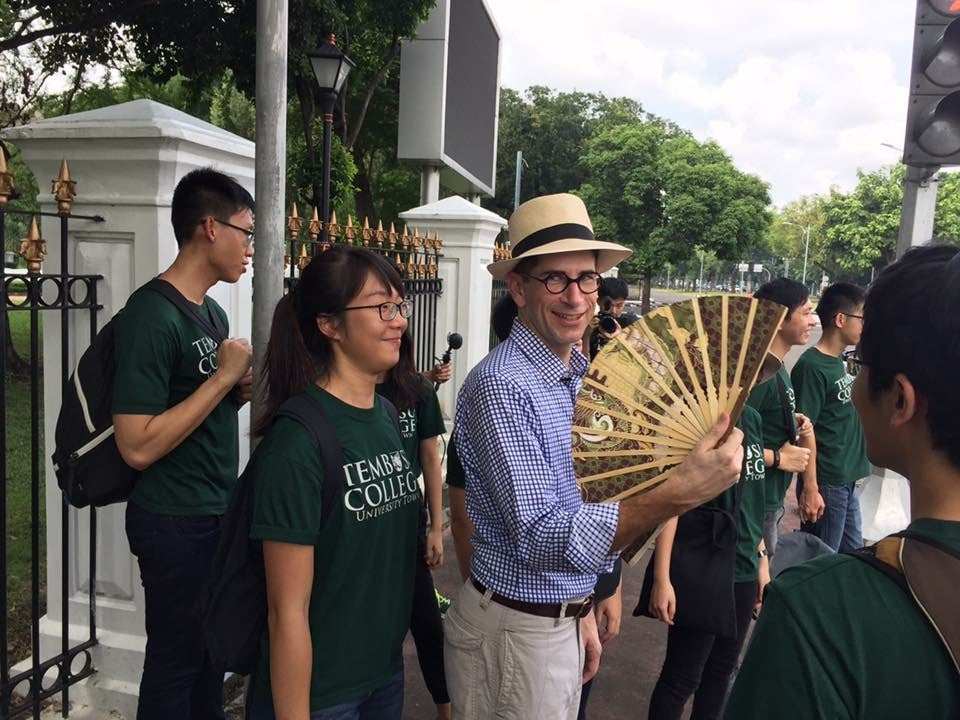
“Most students had never dreamed that what is in the textbooks can be wrong,” he says. “They learn to be sceptical about what they read and especially what is said on the internet and popular media. They learn that no matter what topic one is looking into, it is more complex than one is aware of and one needs to take that into account that there are probably experts in a field you know nothing about.” In the process, students learn that ideas and interests, and science as well, constantly change and evolve.
Dr van Wyhe says, “The historically accurate beginnings of your science, rather than stories of heroes, can give you radically new perspectives and reveal things that you were unaware of without a historical perspective.”


